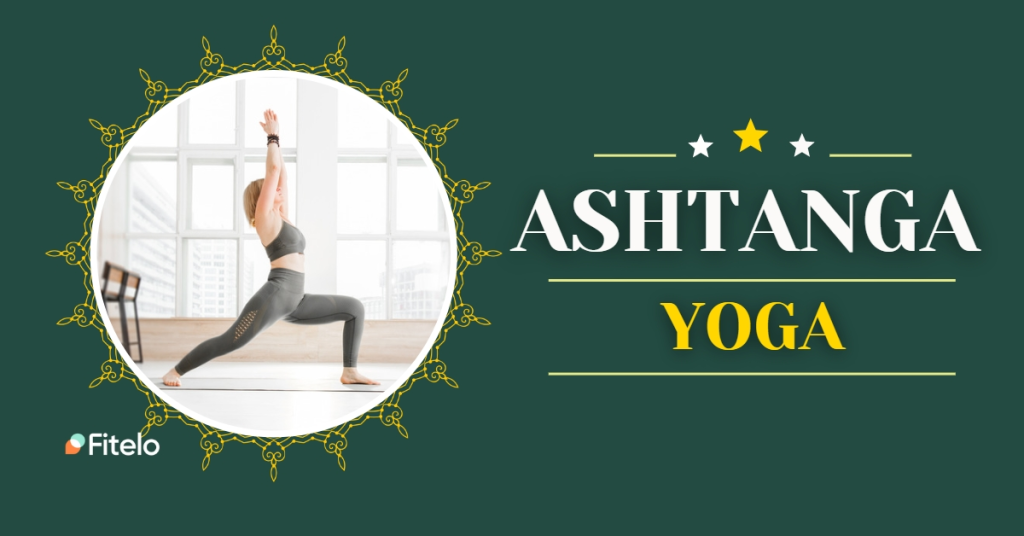Ashtanga yoga is a dynamic form of yoga that has gained immense popularity in recent years. It is a system of yoga that was developed in India during the 20th century. The word “ashtanga” is derived from Sanskrit, and it means “eight limbs,” which refers to the eight practices or steps that make up this style of yoga. In this blog post, we will explore all about ashtanga yoga, including its history, philosophy, benefits, and practice.
History of Ashtanga Yoga:
It involves a combination of physical postures, breathing techniques, meditation, and mindfulness to promote overall health and well-being. Ashtanga yoga is based on the ancient Indian text called the Yoga Sutras, which was written by the sage Patanjali around 2,000 years ago. This text describes the eight limbs of yoga, which include moral codes, physical postures, breath control, concentration, meditation, and enlightenment. Jois spent many years studying with Krishnamacharya and then began teaching his own students in Mysore, India.
Philosophy of Ashtanga Yoga:
Ashtanga yoga is a holistic practice that aims to harmonize the body, mind, and spirit. It is based on the principle of vinyasa, which means “breath-synchronized movement.” This means that each movement is synchronized with a specific breath, and the flow between the postures is seamless and continuous. Ashtanga yoga also emphasizes the concept of bandhas, which are internal energy locks that help to channel and control the flow of energy in the body.
Benefits of Ashtanga Yoga:
Ashtanga yoga has numerous benefits for the body, mind, and spirit. It can help to improve strength, flexibility, balance, and endurance. It can also help to reduce stress and anxiety, improve mental focus and concentration, and promote overall wellbeing. Ashtanga yoga is a rigorous practice that can challenge both the body and mind, but it can also be adapted to suit the needs and abilities of each individual practitioner.
Practice of Ashtanga Yoga:
The first series, known as the primary series, is the foundation of the practice and consists of a set sequence of postures that are performed in a specific order. The other five series are more advanced and require greater strength, flexibility, and concentration.
The practice of Ashtanga yoga typically begins with a series of sun salutations, which are a sequence of postures that are performed in a flowing, dynamic manner. This is followed by a set sequence of standing postures, seated postures, backbends, and inversions. Each posture is held for a specific number of breaths, and the practitioner moves through the sequence with a focus on the breath and the internal energy locks.
In conclusion, it is understood what is Ashtanga yoga and that holistic practice that can have numerous benefits for the body, mind, and spirit. It is based on the eight limbs of yoga and emphasizes breath-synchronized movement and internal energy locks. While it is a challenging practice, it can be adapted to suit the needs and abilities of each individual practitioner. Ashtanga yoga for beginners or an experienced practitioner, Ashtanga yoga offers a path to greater strength, flexibility, balance, and wellbeing.
